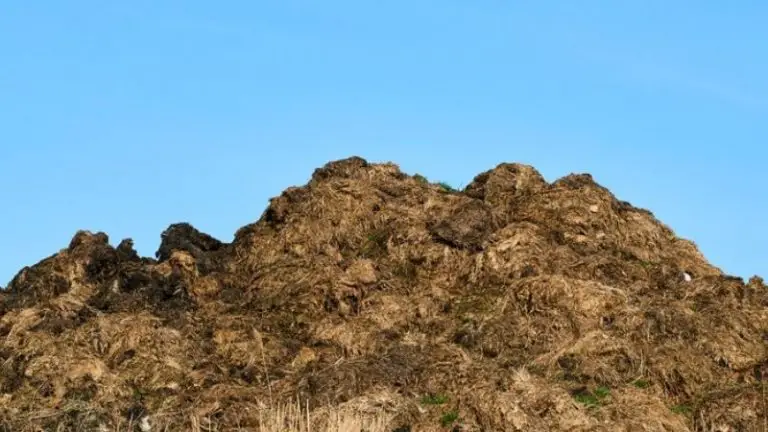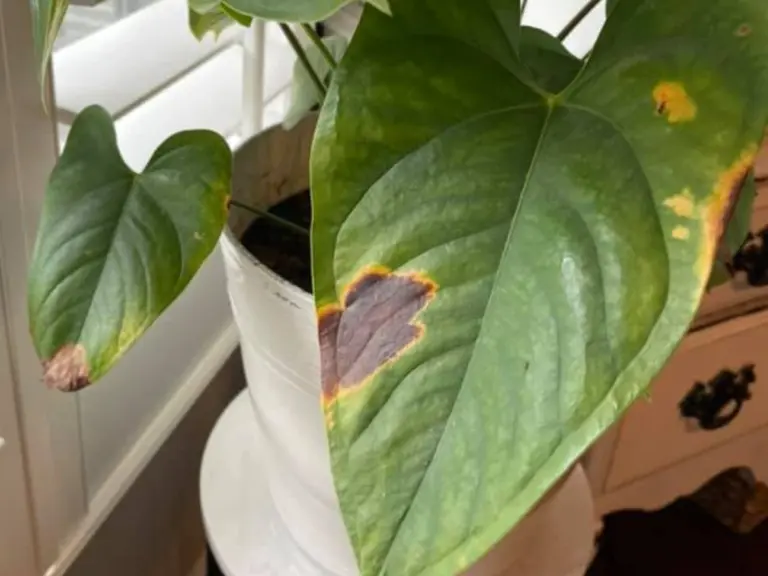Lavender Patio Tree (Planting + Care on pots)
Lavender (Lavandula spp) is a popular landscape plant due to its vibrant purple/blue blooms that also add a nice fragrance to outdoor spaces like patios. But, how do I grow lavender in my yard?
You can plant it directly in garden soil, but potted lavenders grow and bloom faster. To get your potted patio lavender tree to thrive, water and prune it appropriately, without forgetting to protect it from the elements during winter.
Does lavender grow well in pots?
All lavender species can grow in pots, with most varieties flourishing in such growing environments. What’s more, lavender blooms faster when grown in a pot than when grown directly in garden soil.
When grown in the garden, lavender won’t typically flower until the second growing season. By comparison, container-grown lavender trees usually produce blossoms within a few months, especially if grown under the proper conditions.
To get your potted lavender to thrive, you must use fast-draining, alkaline soil. You must also provide optimal light and temperature conditions.
How to grow Lavender in Pots
If planted correctly, pot-grown lavender trees grow faster and bloom earlier than lavender plants growing in garden soil. To effectively grow lavender in pots, you should pick the right pot, use a well-draining soil mix, and provide optimal light and heat conditions.
Pick a Suitable Lavender Variety
While any lavender species can grow inside a pot, some varieties of lavender do better in potted growing conditions than others. These varieties also tend to bloom faster and grow to a manageable size, even at full maturity. Some lavender species that you should consider for container growing include Lavender Lady, Munstead, and Dwarf Blue.
Pick the Right Pot Size
Pick a pot that’s of the right size, as lavender plants prefer lesser soil around the roots. At most, the container should be only two inches wider than the plant’s root ball. Excessive pot soil that’s not covering any roots holds water much longer, triggering root rot in the process.
Note: The pot also doesn’t have to be deep, as lavender roots grow shallow.
The pot should not only be of the proper size but also be well-draining. To achieve this, use a pot that has drainage holes at the bottom. In addition, you may fill the bottom two inches of the container with gravel or Styrofoam peanuts.
Note: Ceramic and terracotta pots drain best due to their permeable nature.
Use well-draining Soil
Lavender trees thrive in fast-draining soil. As such, avoid using soil-based substrates like garden soil or bagged topsoil that compact easily and start draining slower with time. Instead, use a soil-free blend of potting soil mix that’s compaction-proof and has great moisture retention.
Also, check to ensure that your commercial soil mix is infused with a slow-release fertilizer. If not, feed timed-release alfalfa pellets into the soil mix. This ensures that the lavender plant has a steady supply of nutrients throughout the growing season.
Plant Correctly
You can successfully grow lavender from seed or from plant cuttings. After filling ¾ of your growing container with the commercial potting mix, bury the lavender seeds inside the top two inches. Meanwhile, for cuttings, ensure the crown is at least an inch above the soil surface.
You should also press down on the soil around the buried stem cutting to get rid of any air pockets. Finally, add a two-inch layer of mulch at the top to prevent root ad stem decay and to improve moisture retention. White mulch, such as turkey grits, is preferable since it also has the added benefit of reflecting light back to the lavender foliage; thus boosting plant growth.
Provide Optimal Light and Heat Conditions
Lavender herbs flourish when exposed to direct sunlight for at least six hours every day. As such, your potted plant should do just fine inside an open patio or a patio with a slatted roof cover (pergola). If you plant lavender inside a heavily-shaded patio, it’ll grow slower, bloom late, and will be less fragrant.
Your lavender will thrive in the warm weather from spring-summer. Also, consider placing your lavender pot directly on the patio floor if it’s made of concrete to amplify the sun’s heat. This is especially helpful if you live in the north, where it’s generally colder.
Tips: Lavender patio tree care
Proper planting alone won’t get your lavender tree to flourish. You also need to provide the plant with the right care and maintenance post-planting to keep it strong and healthy. This includes sticking to the proper watering schedule, providing proper care during winter, and pruning the plant annually.
1. Water deeply but occasionally
Lavender is moderately drought-hardy, but if you want potted ones to grow faster and stay healthier, heavy but infrequent irrigation is necessary. Every time the potting soil dries up, water your patio lavender shrub heavily.
You should then wait for between 7-14 days for the soil to dry (depending on your area’s temperature conditions or the soil drainage) before you can water the plant again. Watering lavender too frequently causes overwatering, which then causes root rot.
2. Provide Proper Winter Care
Lavender has poor cold tolerance. Therefore, if you live in a region that experiences extreme winters, it’s advisable to move the plant indoors until the beginning of spring. However, if your patio has a pergola with a solid roof cover, harsh winter weather should not be an issue.
Note: You should also avoid fertilizing lavender during winter as the plant doesn’t require that many nutrients during this period of dormancy. The best time of the year to feed your potted lavender is during the growing season, from spring-summer.
3. Prune your Lavender Patio Tree
There are two reasons why you should prune your lavender at least once every year: it helps to maintain the plant’s ornamental appeal while also lengthening its lifespan. Untrimmed lavender stems turn woody and are unable to sprout new stalks. A lavender shrub that receives proper winter care and is pruned annually can live for up to a decade.
The best time of the year to trim down lavender branches is in late fall, just before winter. Use a pair of pruning shears to cut the leafy stems that are about 2-3 fingers above the woody base. You want to avoid harming the plant by directly cutting the woody part.
How tall does lavender patio tree grow
At full maturity, lavender shrubs are usually about 2-3 feet tall. However, potted lavenders can even reach heights of four feet if grown under the right conditions.
Lavenders are generally fast-growing and will gain 24-30 inches every growing season if kept in sunny conditions and potted in well-draining soil. Meanwhile, if left unpruned, they can grow up to two feet wide.





